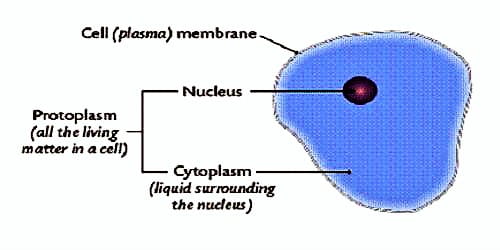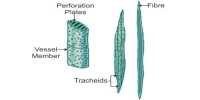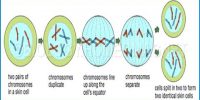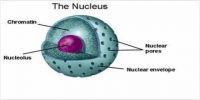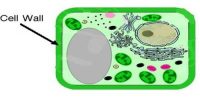Protoplasm in Living Cell
Protoplasm is made by the combination of dissimilar multifarious compounds. It is the colorless substance comprising the living element of a cell; include the cytoplasm, nucleus, and other organelles. It is jelly-like, transparent, thick, colorless semi solid-living substance. It is the living substance of a cell that is enclosed by a plasma membrane. All the properties of life are there in it. Protoplasm is separated into three parts: Plasma membrane, Cytoplasm, and Nucleus. It is composed generally of nucleic acids, proteins, lipids, carbohydrates, and inorganic salts.
Protoplasm is tranquil of a combination of small molecules such as ions, amino acids, monosaccharides and water, and macromolecules such as nucleic acids, proteins, lipids, and polysaccharides. It is a complex, semifluid, translucent material that constitutes the living matter of plant and animal cells and manifests the necessary life functions of a cell.
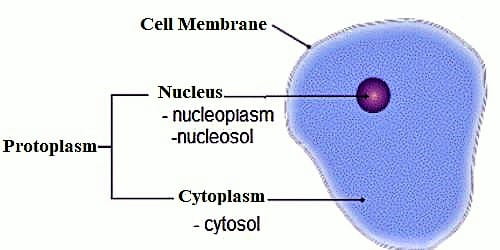
Function: It carries out all the procedures essential for life. It procedures nutrients and oxygen, transform food into living matter, ejects used substances, renews its worn parts, and itself produces new cells.
- Reproduction
Cells divide to form identical daughter cells; the function of the nucleus of the protoplasm, e.g. the meristematic region of angiosperms. A cell helps in reproduction by the processes of mitosis (in more evolved organisms) and meiosis.
- Irritability
The living protoplasm responds to stimuli, e.g. retinal cells in the eye respond to light. It is the capacity of protoplasm to respond to stimuli and is an expression of life itself which disappears with cell death.
- Chemical
All these functions are carried out inside the cell, e.g. respiration in the mitochondria. Organisms need the energy to carry out diverse chemical reactions. In plants, the energy comes from the procedure of photosynthesis while in the animals the energy comes via respiration.
- Structure and Support
There are certain cells such as collenchyma and sclerenchyma are present for offering structural support however in general too, all cells generally provide the structural basis of all organisms.
- Excretion
Cells must get rid of excretory wastes; they usually diffuse out of the cell through the cell membrane. It involves imbibition of materials that may be assimilated by the cells in metabolism or otherwise utilized. It is a process by which a cell extrudes materials. These materials may be a useful (secretion) or useless product (excretion) e.g. digestive enzymes and hormones or urine and sweat etc.
- Transport
Cells import the nutrients that are used in the dissimilar chemical procedure which take place inside them. As a result of these processes, a waste product is produced. Cells then work to get rid of this waste. In this way, the small molecules like the such as oxygen, carbon dioxide, and ethanol pass through the cell membrane by diffusion. This method is known as passive transport. On the other hand, the larger molecules like the proteins and polysaccharides, go in and out of the cell via active transport.
- Metabolism
A cell is dependable for metabolism that includes all the chemical reactions that take place inside an organism to keep it alive.
- Conductivity and Contraction:
It is the transmission of waves of excitation throughout the cell from the point of stimulus. This property is highly developed in nerve cell & to a lesser extent in muscle cells. Contraction is a property of change in size, usually in the sense of shortening. It is highly developed in muscles.
- Growth
Growth means an increase in the size of the cell resulting in an increase in the amount of cytoplasm. Growth follows on cell division; there is the absorption of protoplasm and enlarge in size. The maximum size of a cell is limited principally by its surface area. Beyond the maximum size, if further growth of tissue is essential, the increase in a number of cells occurs. This is accomplished by cell division.
